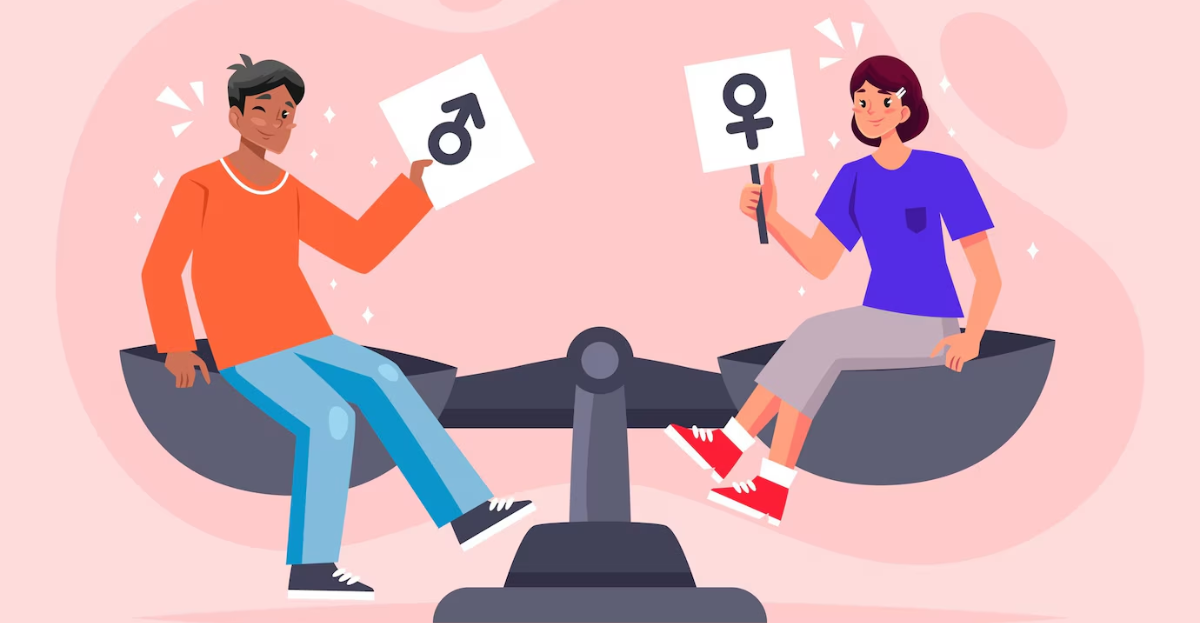Introduction
The conversation around gender equality often centers on women, yet true progress requires the active involvement of men. Women’s empowerment is not just a women’s issue; it is a societal imperative that affects businesses, economies, and social structures. Men, as colleagues, leaders, and decision-makers, play a crucial role in dismantling gender biases and fostering inclusive environments. By shifting from passive supporters to active allies and advocates, men can accelerate the journey toward gender equality.
Understanding this role is essential for creating workplaces where women can thrive without barriers. Men have the power to challenge stereotypes, mentor women, and use their influence to push for systemic changes. In this blog, we explore why gender equality is a shared responsibility, how male leaders and colleagues can contribute, and examples of allyship done right.
Why Gender Equality is Not Just a Women’s Issue
Many people perceive gender equality as a cause championed solely by women. However, its impact extends far beyond women’s lives. Research consistently shows that diverse and inclusive workplaces perform better, experience higher employee satisfaction, and drive greater innovation. Gender-balanced leadership teams also make better financial decisions, contributing to stronger business outcomes.
Beyond business, gender equality is a human rights issue. Societies that empower women see lower poverty rates, better education outcomes, and stronger community development. Men who engage in gender equality initiatives not only help women but also improve their own workplaces, families, and communities.
Moreover, traditional masculinity norms often place undue pressure on men to conform to outdated stereotypes of leadership, strength, and emotional suppression. Embracing gender equality benefits men as well by promoting a culture that values emotional intelligence, collaboration, and work-life balance. When men actively participate in breaking gender biases, everyone gains.
How Male Leaders and Colleagues Can Support Women’s Growth
1. Acknowledge Bias and Challenge It
Men must first recognize that unconscious biases exist in every workplace. From hiring decisions to promotion opportunities, biases can limit women’s career progression. Leaders should implement structured hiring processes and ensure equal opportunities for growth. Addressing bias begins with education and a commitment to self-awareness.
2. Advocate for Women in Leadership
Sponsorship and mentorship programs help women advance in their careers. Male leaders can use their influence to advocate for deserving female colleagues, ensuring they receive the visibility and opportunities needed for leadership roles. A simple but powerful action is amplifying women’s voices in meetings and giving credit where it is due.
3. Share the Workload at Home and in the Office
Workplace gender equality is tied to domestic responsibilities. Men who take an equal share in household duties set an example that gender roles are not fixed. In professional settings, they can also advocate for policies like parental leave and flexible work arrangements, allowing both men and women to balance their careers and personal lives effectively.
4. Support Equal Pay and Career Progression
The gender pay gap persists in many industries, often due to unequal access to promotions and raises. Men in leadership positions should commit to pay transparency, support fair salary negotiations, and push for equity audits to ensure that women receive the compensation they deserve.
5. Call Out Discrimination and Microaggressions
Allyship is not just about supporting women privately; it involves calling out inappropriate behavior in real-time. Whether it is sexist jokes, dismissive attitudes, or workplace harassment, men should actively create a culture of accountability where such behaviors are not tolerated.
6. Educate Themselves on Gender Issues
Men should take the initiative to educate themselves on gender dynamics rather than relying on women to explain them. Reading books, attending diversity workshops, and engaging in conversations with female colleagues can provide deeper insights into the challenges women face in the workplace.
Related Posts
Examples of Allyship in the Corporate World
Several organizations and individuals have demonstrated exemplary allyship in the workplace. These cases showcase how men can take proactive steps in supporting gender equality:
1. Marc Benioff – Salesforce’s Equal Pay Commitment
Salesforce CEO Marc Benioff led a company-wide pay audit that revealed gender-based pay gaps. Rather than dismissing the findings, Salesforce committed millions of dollars to close the gap, setting a precedent for other organizations. This example highlights how male leaders can take accountability and drive financial investments into gender equity.
2. The ‘HeForShe’ Campaign
The United Nations launched the ‘HeForShe’ movement to involve men in gender equality discussions. Several global business leaders pledged commitments to create more equitable workplaces. This initiative showed how public advocacy can influence corporate policies worldwide.
3. The “Amplification” Strategy at the White House
Women working in the Obama administration noticed that their ideas were often overlooked or credited to male colleagues. They devised a strategy called “amplification,” where women repeated and credited each other’s ideas in meetings. Some male colleagues noticed and joined in the effort, ensuring that women’s contributions were recognized.
4. The Role of Male Executives in Boardroom Diversity
Companies with gender-diverse boards perform better, yet many still lack female representation. Male executives who advocate for more women in boardrooms contribute to systemic changes in leadership structures. By setting diversity quotas or mentoring high-potential women, male leaders can significantly impact corporate decision-making.
Conclusion
Men’s role in women’s empowerment is critical for achieving gender equality. By moving from passive observers to active allies and advocates, men can influence workplace policies, challenge biases, and create environments where women thrive. The benefits of gender equality extend beyond women alone—businesses, societies, and even men themselves stand to gain from a more inclusive world.
True change requires continuous effort. Whether through mentorship, advocacy, or policy reform, men have the opportunity to be catalysts for transformation. Gender equality is not just a women’s issue—it is a shared responsibility, and the time to act is now.
Disclaimer: The views, data and case studies we publish on our website are purely based on publicly accessible information and organizational disclosures. Amazing Workplaces® does not take a position on any legal or regulatory matters concerning any information available on our website.









